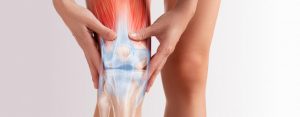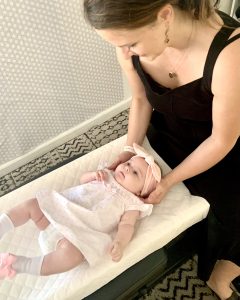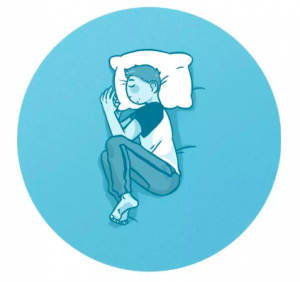What is TMD?
TMD or Temporomandibular Disorder is a condition where the sliding hinge joint between the temporal bone and Mandible is damaged leading to pain around the jaw and ear, difficulty chewing, and locking of the jaw. The Temporal Mandibular Joint controls the lower jaw’s movement and is responsible for our chewing motions.

This condition can arise from several ways:
- Articular Disk Damage: The articular disk that joins the two bones is often impacted with continuous wear and tear and dislodges out of alignment.
- Cartilage Damage: Conditions such as arthritis gradually destroy the cartilage making up joints and impact the joint’s ability to absorb shock.
- Trauma: Physical damage to the joint can misalign it and cause chronic TMJ pain.
- Teeth Grinding: Continuously grinding teeth can damage TMJ tissue over time leading to misalignment.
- Unknown: Many factors of TMD have yet to be identified; many scientists and clinicians speculate genetics may play a factor in developing the condition.

Symptoms of TMD:
- Jaw Pain
- Jaw Tenderness
- Restriction in jaw movement
- Localized pain to either or both temporomandibular joints
- Ear ache
- Difficulty chewing
- Pain while chewing
- Facial Pain
- Locked Jaw
- Jaw clicking

Risk factors:
- Rheumatoid arthritis
- Osteoarthritis arthritis
- Trauma to jaw
- Grinding teeth
- Clenching of teeth
Treatment:
In severe cases TMD will need surgery to treat it, a consultation from a Dentist or Physician can help determine how sever your case is. Some of the most common treatments for TMD are:
- Anti-inflammatory medication
- Muscle relaxers
- Occlusal appliances: Mouth Guard

- Corticosteroid injections
- Botox
- Chiropractic treatment

- Acupuncture
- Splint

- Modified condylotomy: Surgery directly on Mandible, not on joint.
- Arthrocentesis: A minimally invasive procedure that involves the insertion of small needles into the joint so that fluid can be irrigated through the joint to remove debris and inflammatory byproducts

- TMJ arthroscopy: A small thin tube (cannula) is placed into the joint space, an arthroscope is then inserted, and small surgical instruments are used for surgery
- Open-joint surgery: If your jaw pain does not resolve with more-conservative treatments and it appears to be caused by a structural problem in the joint, your doctor or dentist may suggest open-joint surgery (arthrotomy) to repair or replace the joint.
In most cases, the pain and discomfort associated with TMJ disorders is temporary and can be relieved with self-managed care or nonsurgical treatments. Surgery is typically a last resort after conservative measures have failed, but some people with TMJ disorders may benefit from surgical treatments.
SCHEDULE AN APPOINTMENT TODAY
Custom Chiropractor
(408) 248-8700
3700 Thomas Rd. Suite 207
Santa Clara, CA 95054





